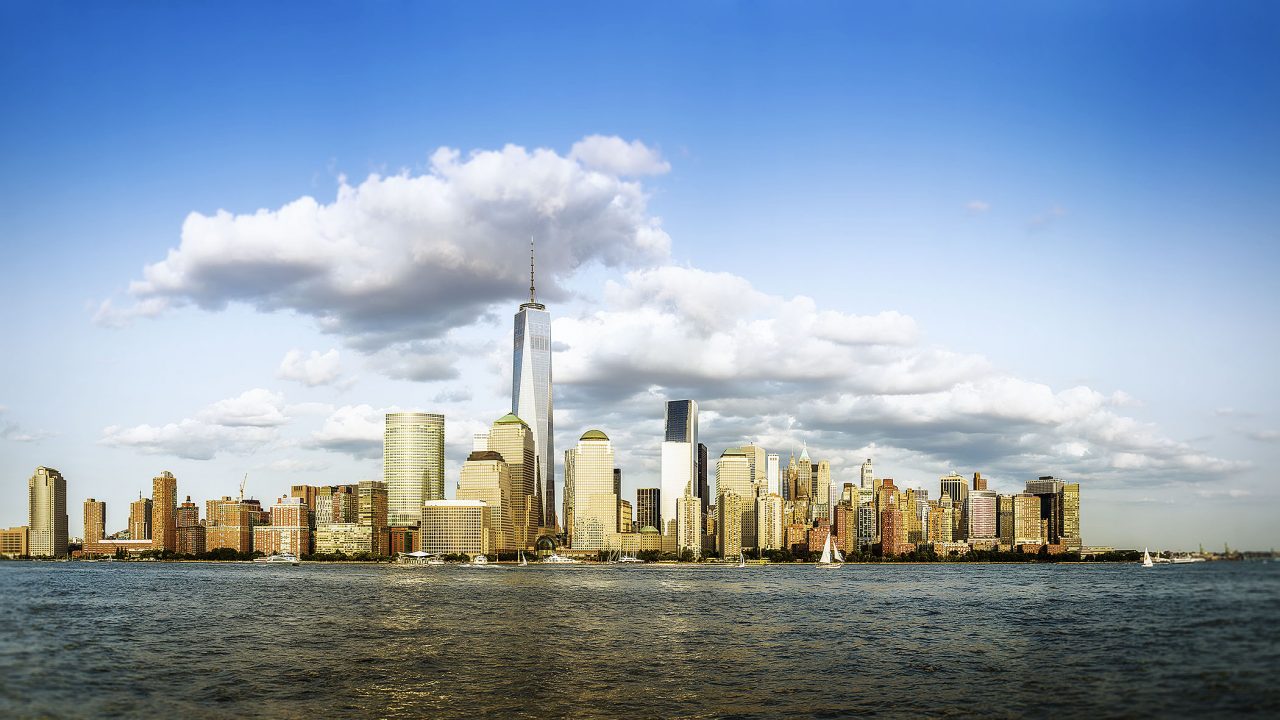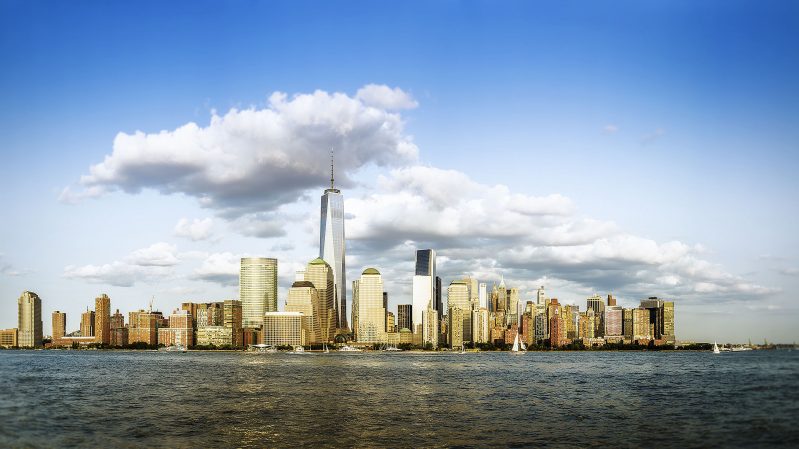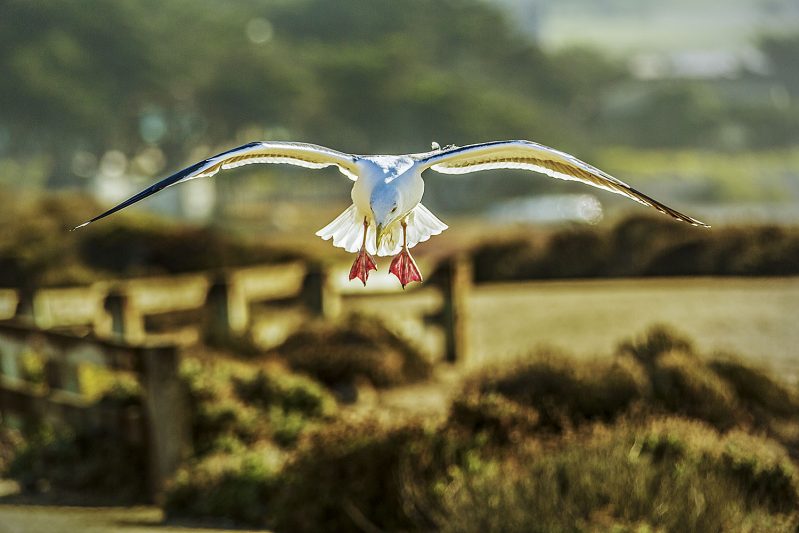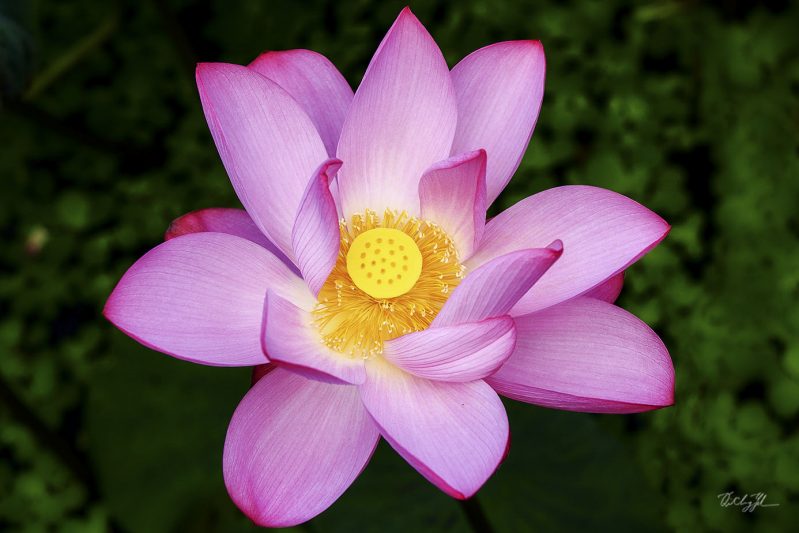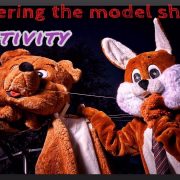Guestblog : Mike Yeh
Every once in a while we have a so called guestblog.
Someone that follows my blog and also wants to add something, you’re always free to send stuff over for me/our team to read and if it’s interesting we will put it up in this category.
Today the guestblog is by Mike Yeh. So here we go, the blog is yours Mike.
How we “Photograph”- part 1
In today’s world, we cannot help but notice that everyone has some type of device built with the function of capturing images with a simple touch or click. These devices serve a fine job in capturing moments in our everyday life and even sharing it with the world. However, this trend has slowly taken us away from the true art of photography. Thankfully, there are still a large number of enthusiastic hobbyists, artists, professional and commercial photographers, who continue on the path of using the traditional camera equipment to capture those breathtaking pictures for us.
By chance if you are reading this article, you are one of us…those who seek to thrive in the “know how” of photography.
Photography in essence is a way of “capturing” the light we see in our world. The core of image-capturing is actually the etching of light onto a flat surface treated with light sensitive chemicals; wherein a darkened room or enclosure it can react to light when exposed to it. This flat surface is better known as ”film” in photography and the action of capturing light using the film is called the “exposure.” This, as we know it, is how photography started.
To make it simple, taking a picture today has merely something to do with an array of electronic devices, but as we move into the realm of “real photography” it is much more than just pressing the shutter button or touching a screen to complete the action of taking a photo.
In a true sense, photography really is the creative use of the camera, manipulating exposures and showcasing the images we see and the ideas we want to present, besides the ideas of creativity are the same in either cases- snapshot vs. photography. So what makes true “photography” different from the ordinary snapshot? The answer is… the ability to make extensive adjustments and setups; making photography both an intensive and an extensive subject.
To master the subject of photography, we must begin with an understanding of what “exposure” is all about; this starts with a streak of light striking a light sensitive medium, like a film or an image sensor in the digital camera*. This exposure process is known as “uncontrolled” exposure. In photography, we rarely accept the idea of uncontrolled exposure because chances are we might not really capture what we see. Therefore, we are seeking ways to control the exposure in order to capture what we see with our own eyes. In practice, true photography starts with how we “control” the image projected onto the film by restricting the light in to a path by using a pinhole or an optical lens. Following that and based on various lighting conditions and color, we may modify the conditions and/or adjust the exposure settings on the camera to our liking. When all these steps are set and done and if what we see is captured correctly then the image is ready to be produced on paper or viewed on a display screen.
As we review the process above, we can say that successful image-capturing falls into three separate stages: (1) the scene comes into the camera along with its lighting conditions and colors, (2) the path of these light travels through the lenses and (3) the adjustment of camera setting based on the scene condition and creative ideas. All these three stages make up the end result we want to have. Within these three stages, finding something to “capture” is not the hardest part about photography. It is whether we can capture what we see correctly that needs our attention and this at the very elementary stage falls in the adjustment of the exposure settings on the camera.
So, what are the settings or elements that can affect the result of an exposure? Well simply put, it depends on three conditions in the relationship between light and films/sensors. These three conditions are: (1) the length of time light comes in contact with the film/sensor, (2) the amount of light at any given time (how bright) entering the camera, and lastly (3) how sensitive is the film/sensor to light. These three conditions in photography are known as and correspond to (1) the Shutter/Exposure time, (2) lens aperture opening and (3) film or digital camera light sensitivity selections (your ISO).
Well friends for a starter that is all I am going to cover in this article, in my next article, we will go over these three settings and conditions and learn more about their roles in photography and how they come in play with your photography.

